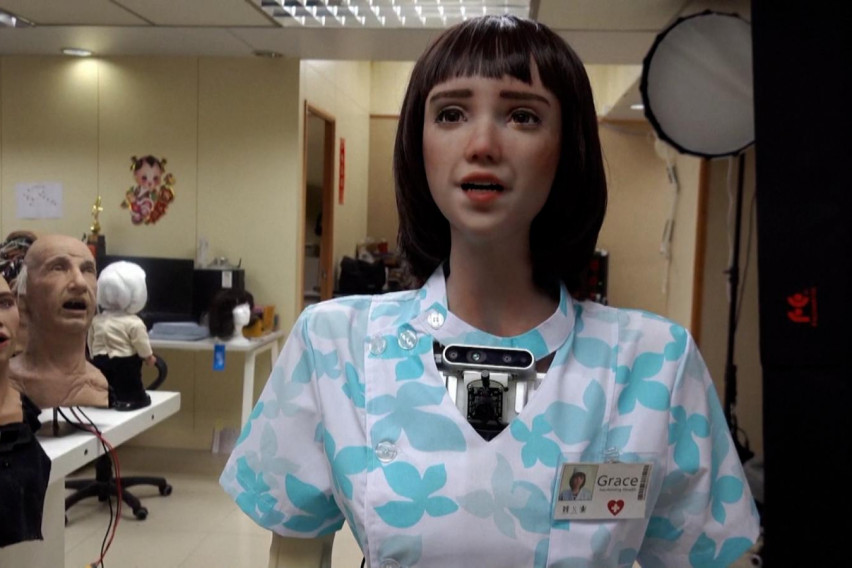In 2016, Hanson delighted the world with the robot Sofia. Now the same Hong Kong-based company has unveiled its new invention: Grace, a humanoid robot expected to revolutionize healthcare.
Designed as an assistant physician, Grace is equipped with sensors, including a thermal camera to measure patients’ temperature and heart rate, and assist physicians in diagnosing the disease and further treatment.
Android is also a patient assistant specializing in the care of the elderly. Grace speaks three languages: English, Mandarin and Cantonese.
Robots like Grace are designed to support medical experts, not as a substitute, says Hanson Robotics founder and CEO David Hanson.
“The use of artificial intelligence and robotics in this context can help collect important data from healthcare providers to assess patient well-being,” adds David. Developed specifically for the medical sector, Grace’s launch comes amid a coronavirus pandemic, with increased demand for contactless care solutions.
According to the International Federation of Robotics (IFR), global sales of medical robots have already grown by 28% before the pandemic, between 2018 and 2019, and the IFR predicts that the value of the sector could double in the next three years.
Hanson Robotics says it will begin mass production of robots, including Sofia and Grace, by the end of 2021.
Why human-like robots?
Robots will soon be everywhere. How can we nurture them to be our friends and useful collaborators? Robots with good aesthetic design, rich personalities, and social cognitive intelligence can potentially connect deeply and meaningfully with humans.
Hanson‘s robot faces are created with a patented material called Frubber®, a proprietary nanotech skin that mimics real human musculature and skin. This allows our robots to exhibit high-quality expressions and interactivity, simulating humanlike facial features and expressions.












